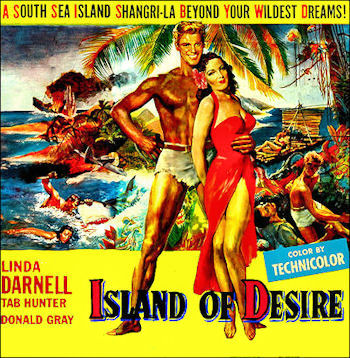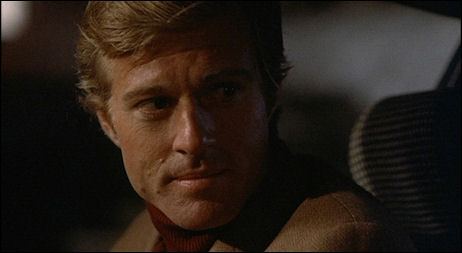“The cancer that has often afflicted Academy Award thinking is the equation that a film deserving of being chosen Best Picture can’t, in fact, be chosen if it hasn’t made a pretty good amount of dough.” This is the portion of my quote for a story about The Hurt Locker‘s Best Picture chances that Boxoffice.com’s Phil Contrino didn’t use in his 12.15 story.
No criticism intended for Phil — I just like like the use of the words “cancer,” “dough” and “Academy Award” in the same sentence.
“The Hurt Locker has received an overwhelming amount of critical support over the last couple of days,” his story begins. “The high-tension flick has won Best Picture from the New York Film Critics Circle, the Los Angeles Film Critics Association, the Boston Society of Film Critics and the San Francisco Film Critics Circle. It also received Best Picture nominations from the Golden Globes and the Broadcast Film Critics Association.
“As a result, it looks as though The Hurt Locker‘s chances of winning the Best Picture Oscar have improved exponentially.
“Yet the most coveted prize in the movie business has never gone to a film that failed to achieve success at the box office. Unfortunately, The Hurt Locker grossed only $12.7 million during its domestic theatrical run.
“Crash is this decade’s lowest grossing Best Picture winner with $54.6 million. Technically, Annie Hall has the lowest domestic gross of any Best Picture winner since 1970 with $38.3 million in 1977, but that equals around $124 million when adjusted for inflation.
“Does this mean that The Hurt Locker can’t possibly win the big prize?”






